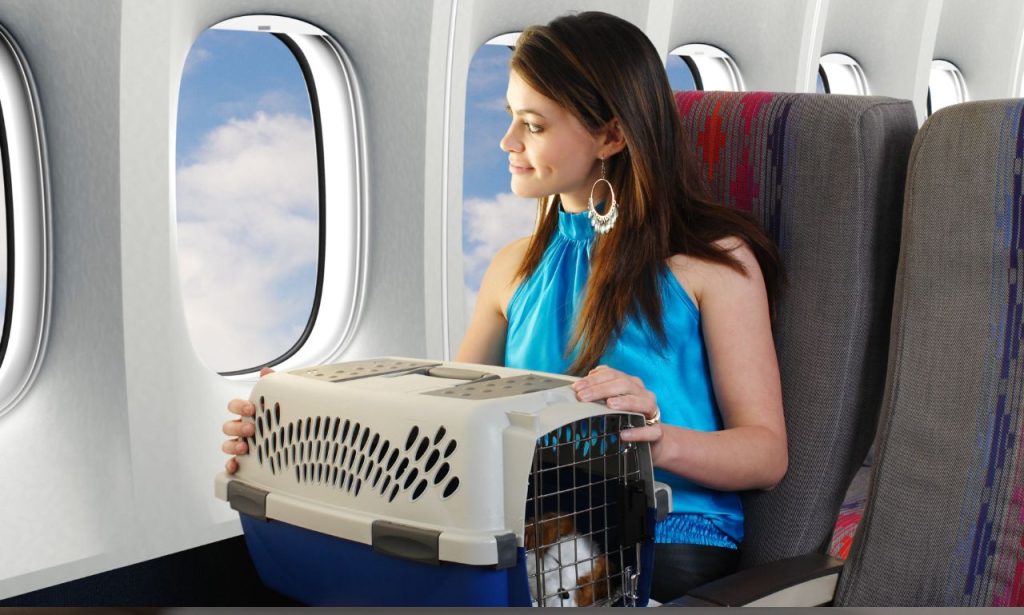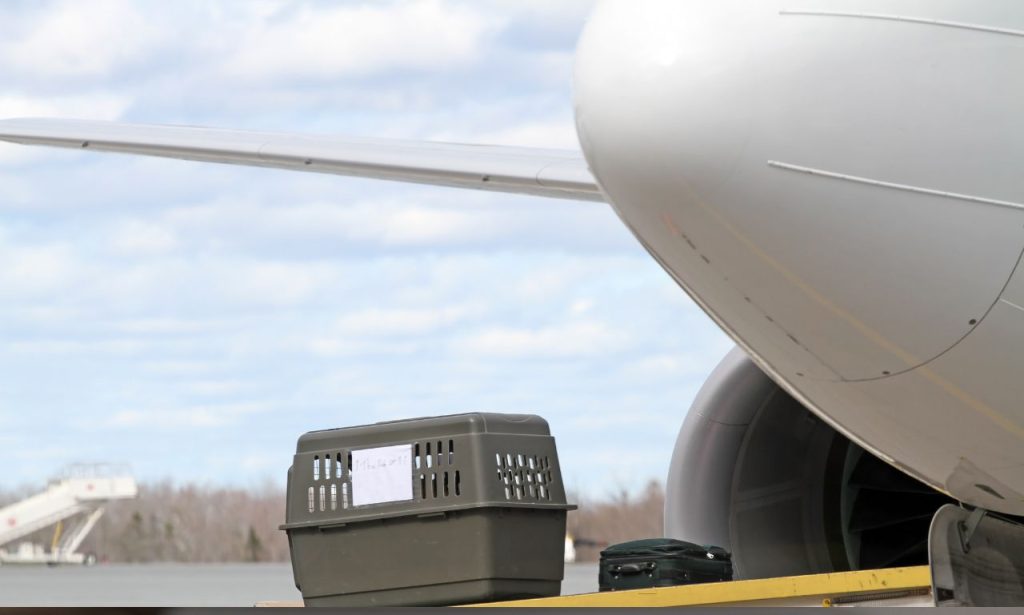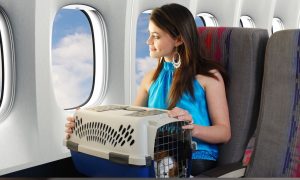The world of pet travel is no longer confined to cramped cargo holds and anxious goodbyes. A new breed of travel companion has emerged, one dedicated to ensuring the comfort and safety of our furry, feathered, or scaled family members: the pet flight nanny. This specialized role offers a unique blend of animal care and travel adventure, but it’s not for the faint of heart . If you’re passionate about animals and dream of a career that takes flight, then becoming a pet flight nanny might just be your perfect takeoff.
This comprehensive guide will equip you with the knowledge, strategies, and insights needed to navigate the exciting world of pet flight nannying. We’ll delve into the responsibilities, qualifications, challenges, and rewards that come with this unique career path, empowering you to confidently soar into the skies with precious cargo in tow.
Defining the Role of a Pet Flight Nanny
A pet flight nanny, also known as a pet courier or pet transport specialist, goes beyond the traditional pet sitter or dog walker. You become a dedicated travel companion, responsible for the well-being of an animal from the moment you pick them up to the moment they’re safely nestled in their destination home. This involves:
- Pre-Flight Preparation: Coordinating with pet parents to understand the animal’s personality, needs, and any special requirements. This includes discussing dietary restrictions, medication schedules, and preferred routines to minimize stress during travel.
- Airport Navigation: Effortlessly navigating the complexities of airport check-in, security checkpoints, and boarding procedures, ensuring a smooth and stress-free experience for both you and your furry (or not-so-furry) companion.
- In-Flight Care: Providing constant attention and care during the flight, including offering food and water, administering medication if needed, and providing comfort and reassurance to alleviate any anxiety the animal may experience.
- Post-Flight Handover: Safely transporting the pet to their final destination, ensuring a seamless handover to the waiting owner with a detailed account of the journey and the pet’s well-being.
Think of yourself as a VIP travel concierge, but instead of catering to humans, your focus is solely on the comfort and well-being of your animal client.
Responsibilities of a Pet Flight Nanny

While the image of cuddling a cute puppy on a plane might seem idyllic, the reality of being a pet flight nanny involves a wide range of responsibilities, demanding a blend of organization, animal expertise, and a calm-under-pressure demeanor. Here’s a closer look at what your typical day might entail:
1. Pre-Flight Planning:
- Client Communication: This is the cornerstone of your role. You’ll need to establish clear communication channels with pet parents, conducting thorough consultations to understand the animal’s temperament, medical history, travel preferences, and any special needs. Building trust and rapport with the owners is essential, as they’re entrusting you with a beloved member of their family.
- Travel Itinerary Management: You’ll become a master of logistics, meticulously planning travel itineraries, researching airline pet policies, and securing the necessary travel documents and health certificates. Flexibility is key, as flight delays or changes can occur, requiring you to adapt quickly and efficiently.
- Pet Preparation: Depending on the animal and the length of the journey, you might be involved in pre-flight grooming, ensuring they’re comfortable and presentable for their journey. Familiarizing the pet with their travel crate or carrier is also crucial to minimize stress during transport.
2. Airport Procedures:
- Check-In and Security: Navigating airport procedures with an animal in tow requires patience and a cool head. You’ll be responsible for checking in the pet, paying any associated fees, and ensuring all paperwork is in order. Security checkpoints can be particularly stressful for animals, so knowing how to calmly and efficiently guide them through the process is essential.
- Waiting Area Etiquette: Finding a quiet and comfortable space within the often-chaotic airport environment is crucial for the pet’s well-being. You’ll need to be mindful of other passengers and their potential anxieties around animals, ensuring your furry companion is well-behaved and doesn’t cause any disturbance.
- Boarding Procedures: Boarding with a pet often requires early arrival at the gate and clear communication with airline staff. You’ll need to advocate for your furry client, ensuring they’re boarded safely and comfortably, and that any special instructions regarding their care are relayed to the flight attendants.
3. In-Flight Care and Comfort:
- Constant Companionship: Unlike traditional cargo transport, flying as a pet nanny means providing constant companionship and reassurance to the animal throughout the flight. This could involve soothing a nervous flyer, offering comforting words, or simply providing a reassuring presence.
- Feeding and Hydration: Following the pet parent’s instructions, you’ll be responsible for ensuring the animal stays hydrated and receives their meals at appropriate times. This might involve hand-feeding, coaxing a reluctant eater, or managing any potential in-flight messes with grace.
- Medication Administration: If the animal requires medication, you’ll need to administer it as prescribed, ensuring accurate dosage and timing. This requires a calm and confident demeanor, especially if the pet is resistant or anxious about taking medication.
- Bathroom Breaks: For longer flights, you might need to coordinate bathroom breaks for dogs, either utilizing designated pet relief areas within the airport during layovers or employing creative solutions for in-flight needs (think puppy pads and enzymatic cleaners).
4. Post-Flight Handover:
- Safe Transportation: Upon arrival, your responsibilities extend beyond the airport. You’ll need to safely transport the pet to their final destination, whether it’s a hotel, a residence, or a designated meeting point.
- Detailed Handover Report: Reuniting the pet with their owner is the most rewarding part of the job. You’ll provide a detailed account of the journey, noting any observations about the animal’s behavior, eating habits, or any special needs that arose during the trip. This ensures a smooth transition for both the pet and their human family.
Evaluating Services You Can Offer as a Pet Flight Nanny

The world of pet travel is as diverse as the animals themselves. To stand out in this competitive field, consider specializing in niche services that cater to specific needs:
- Exotic Animal Transport: Do you have experience handling reptiles, birds, or pocket pets? Many owners of exotic animals struggle to find reliable transport options, making this a potentially lucrative niche market.
- International Pet Relocation: Navigating the complexities of international pet travel requires specialized knowledge of import/export regulations, quarantine procedures, and country-specific requirements. Becoming an expert in this area can open doors to a global clientele.
- Special Needs Pet Travel: Animals with disabilities or chronic health conditions require extra care and attention during transport. Developing expertise in handling these special needs can make you an invaluable resource for pet owners seeking compassionate and experienced care.
- Luxury Pet Transport: For those seeking a first-class experience for their furry companions, offering luxury services like private jet transport, chauffeured ground transportation, and personalized in-flight amenities can command premium rates.
Conclusion
Becoming a pet flight nanny is more than just a job; it’s a calling that blends a love for animals with a passion for travel. It requires dedication, compassion, and a genuine desire to ensure the well-being of furry companions as they navigate the skies. By embracing the insights and strategies outlined in this guide, you can confidently embark on this rewarding career path, knowing you’re making a tangible difference in the lives of animals and their human families.
ALSO READ: How to Get Your First Teaching Job With No Experience
FAQs
A: Currently, there’s no universal licensing requirement for pet flight nannies. However, obtaining relevant certifications like pet first aid and CPR can enhance your credibility and demonstrate your commitment to animal care. Additionally, some countries or states might have specific regulations regarding animal transportation, so it’s crucial to research the legal requirements in your area.
A: Building a client base takes time and effort. Start by networking with local veterinarians, groomers, pet supply stores, and animal shelters. Creating a professional website and social media profiles showcasing your services, experience, and client testimonials can also attract potential customers. Consider offering introductory rates or discounts to secure your initial clients.
A: Clear and compassionate communication is key. Listen attentively to their concerns, provide detailed explanations of your services and procedures, and offer reassurance throughout the journey. Maintaining a professional demeanor and responding promptly to their inquiries can help build trust and alleviate any anxieties.




